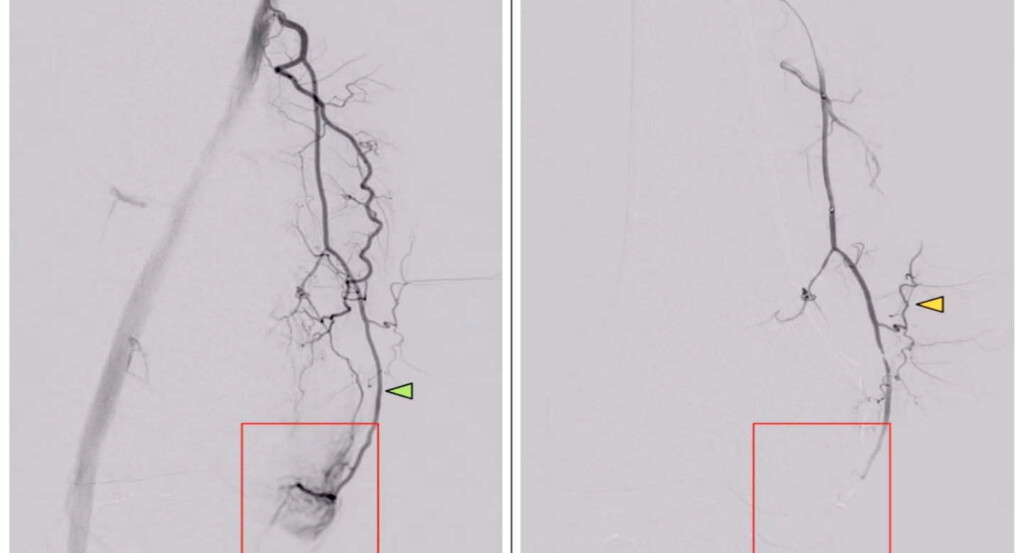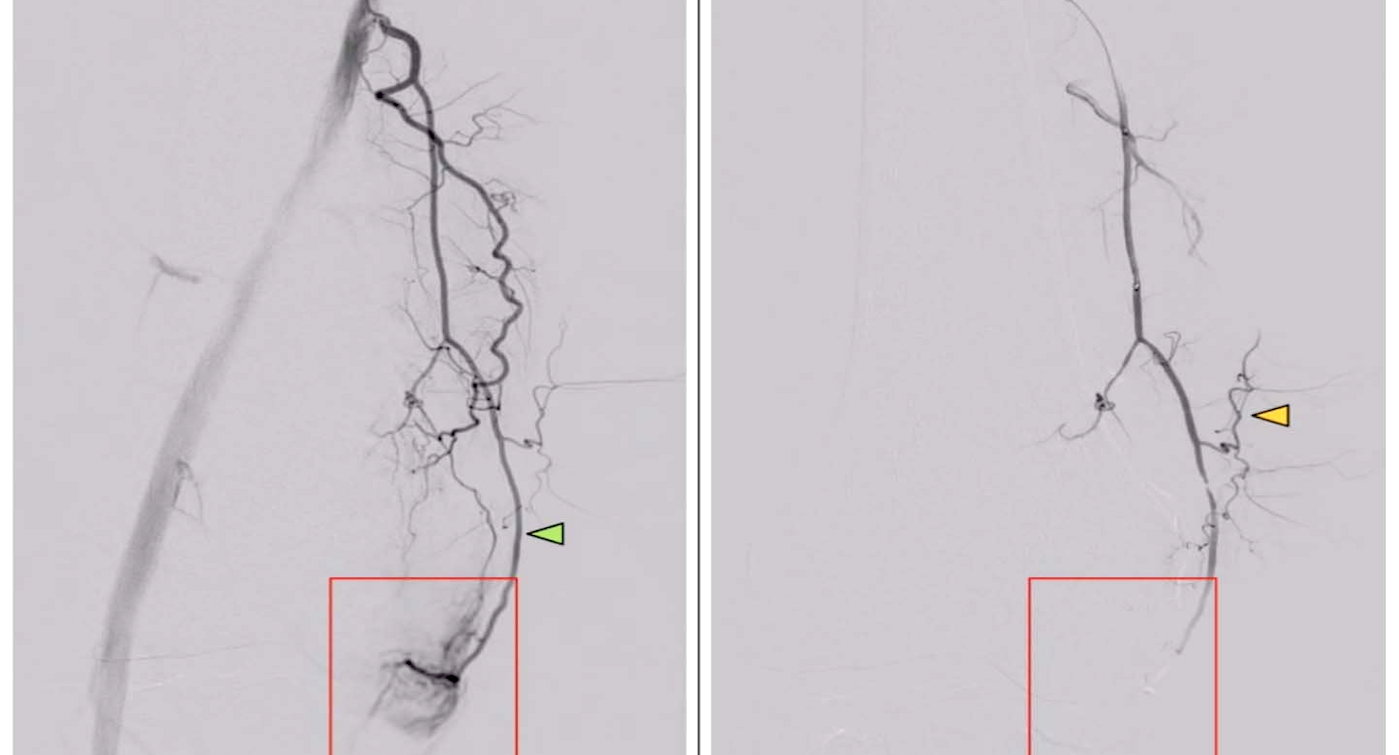
A minimally invasive procedure provided significant relief from knee pain and may prevent the need for knee replacement surgery in people with osteoarthritis, according to a new study.
Osteoarthritis, a chronic, degenerative, and progressive condition, is the most common cause of chronic joint disorders. According to the World Health Organization, knee osteoarthritis affects over 365 million adults worldwide.
Most available therapies, such as pain medication and steroid injections, only mask the symptoms. They don’t slow the progression of the disease. As osteoarthritis worsens and conservative treatments become ineffective, many people turn to joint replacement surgery.
“This study addresses osteoarthritis, which is a significant public health issue and the leading cause of chronic pain and disability worldwide,” said the study’s lead author, Florian Nima Fleckenstein from University Hospital Berlin in Germany.
“With millions of people affected by knee osteoarthritis, particularly in aging populations, finding effective, minimally invasive treatments is critical.”
The presented treatment is called genicular artery embolization (GAE). The genicular arteries have several branches that form a network around the knee joint. These vessels are altered in patients suffering from osteoarthritis.
In GAE, an interventional radiologist injects small particles into selected branches that correspond to the site of knee pain to block blood flow to that area. Embolization of the abnormal blood vessels helps to disrupt the cycle of inflammation, cartilage destruction, and sensory nerve growth that characterizes osteoarthritis.
For the study, Dr. Fleckenstein and colleagues conducted a retrospective analysis of 403 cases from patients aged 40 to 90 with moderate to severe knee osteoarthritis who didn’t respond to conservative treatments. They were assessed with pain and quality of life scores, recorded at baseline and during follow-up visits at 6 weeks, 3 months, 6 months, and 1 year post-procedure.
No severe complications were reported and the quality-of-life index and pain score improved by 87% and 71% respectively at the end of 1 year.
NEW OSTEO TREATMENTS: New Procedure Could Improve Quality of Life for Millions of People after Knee Replacement Surgery
The findings show that GAE is a safe and effective treatment option across all severity grades of knee osteoarthritis, including advanced cases where other treatments have very limited efficacy.
“Our study found that GAE can effectively reduce knee pain and improve quality of life early after the treatment, with these benefits being maintained over the long term, especially for people who haven’t had success with other treatments like physical therapy or pain medications,” Dr. Fleckenstein said. “This could potentially offer a new lease on life for many patients who suffer from debilitating pain and mobility issues, caused by osteoarthritis.”
However, the study also showed that GAE is particularly effective in the early stages of knee osteoarthritis. This indicates that early intervention could potentially delay or even prevent disease progression, reducing the need for more invasive treatments, such as surgery.
MORE STUDIES LIKE THIS: Analysis Strongly Supports Turmeric Supplementation to Improve Arthritis and Osteopenia
The researchers hope that by demonstrating the procedure’s success in a large and diverse patient population, the study could influence medical practice and policy, encouraging broader adoption of GAE in clinical settings worldwide.
“GAE has the potential to reduce the need for more invasive surgeries, lower health care costs, and significantly improve the quality of life for countless individuals suffering from knee osteoarthritis,” Dr. Fleckenstein said.
AVOIDING SURGERY: Patients Could Avoid Thyroid Surgery With New Minimally Invasive Procedure
He and his team plan to continue their research on degenerative joint disorders to provide patients with new options in the field of interventional radiology.
WHO WANTS SURGERY? Share This Exciting Alternative Treatment…




















